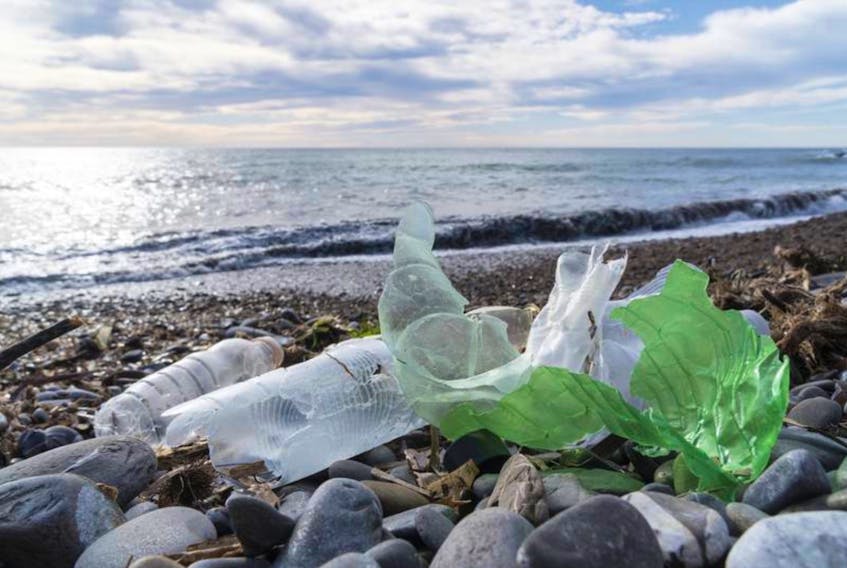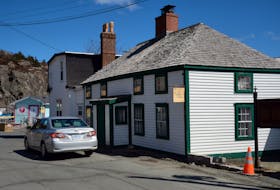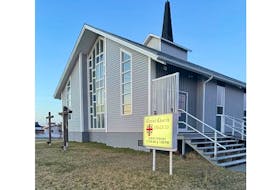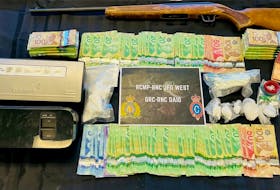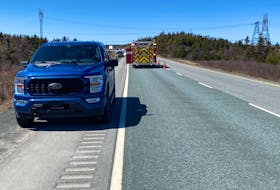A report released Thursday by the Multi-Materials Stewardship Board (MMSB) suggests there are 200 pieces of litter per person in Newfoundland and Labrador on the roadsides and coastlines of the province.
In 2019, a coastline litter audit was conducted by the MMSB “to quantify and categorize waste that is present on Newfoundland and Labrador’s coastline, as well as to study sources of marine debris,” the MMSB stated in a news release.
The audit found 3,251 pieces of waste, 69 per cent of which was plastic, over 30 sites covering an area of 13,500 square metres.
Over half the waste was classified as large, and just over half of the large waste could not be identified.
The next largest category of large waste was fishing gear, which amounted to 14 per cent of the total, and beverage containers, which amounted to eight per cent of the total.
The report also suggests that cobblestone beaches have 10 times more large waste than sandy beaches.
The top categories in waste classified as small were hard plastic, which amounted to 27 per cent; cigarette butts, which amounted to 21 per cent; and metal, which amounted to 11.5 per cent.
The results of the audit were combined with a roadside litter audit conducted in 2016, which is where the 200 pieces of litter per capita comes from.
Nearly half of the waste is found in what the MMSB calls the middle section, typically consisting of vegetation.
Nearly 30 per cent of waste is found on the roadside, with the other 20 per cent found at the wrack line, which the MMSB defines as where the ocean ends at high tide.
“The findings suggest that since no items of any size or type were more plentiful along the coastline than the roadside, the main sources of waste on coastlines are likely land-based,” the news release said.
“MMSB has shared the findings and recommendations of the audit with key stakeholders, including communities, organizations and government partners.”
The news release also listed the sites with the highest litter count and sites with the lowest litter count.
Highest litter-count sites
1. Newman’s Cove, Discovery Region
2. St. Shott’s Beach, Eastern Region
3. Port au Choix, Northern Peninsula
4. Rocky Harbour, Western Region
5. Topsail Beach (C.B.S.), Eastern Region
6. Middle Cove Beach (Logy Bay-Middle Cove-Outer Cove), Eastern Region
7. Point Lance, Eastern Region
8. Placentia Boardwalk, Eastern Region
9. St. Philip’s Beach (Portugal Cove-St. Phillips), Eastern Region
10. Ferryland Beach, Eastern Region
Lowest litter-count sites
1. Pinware River Provincial Park, Labrador
2. Forteau, Labrador
3. Shoreline Heritage Walk (Bay Roberts), Eastern Region
4. Musgrave Harbour, Central Region
5. Bellevue, Eastern Region
6. Salmon Cove Sands, Eastern Region
7. Lumsden Beach, Central Region
8. Sandy Cove Beach (Lord’s Cove), Burin Peninsula
9. Ragged Beach (Witless Bay), Eastern Region
10. Burgeo, Coast of Bays

